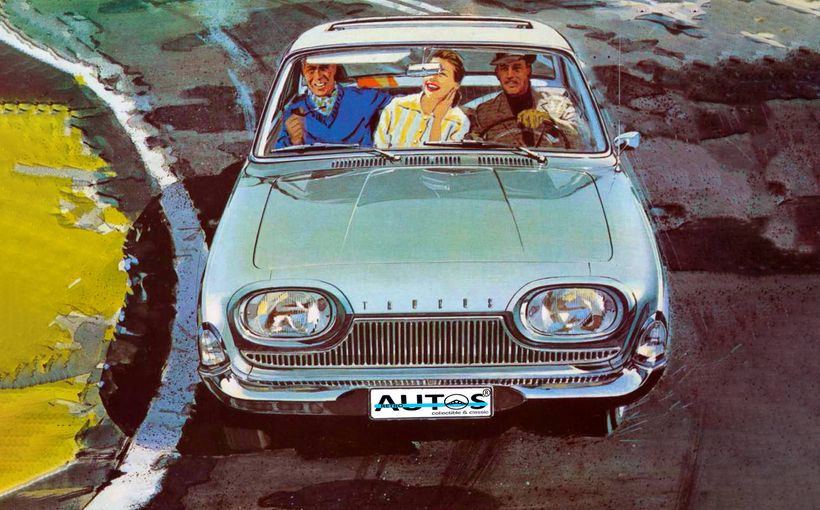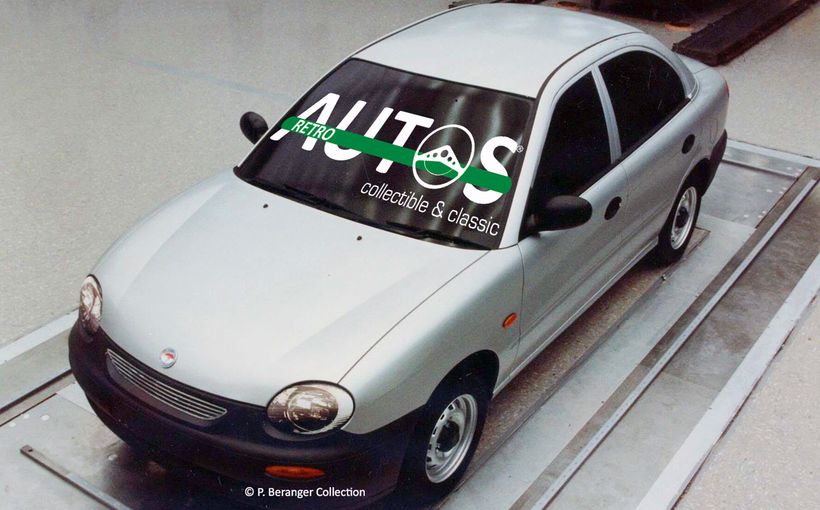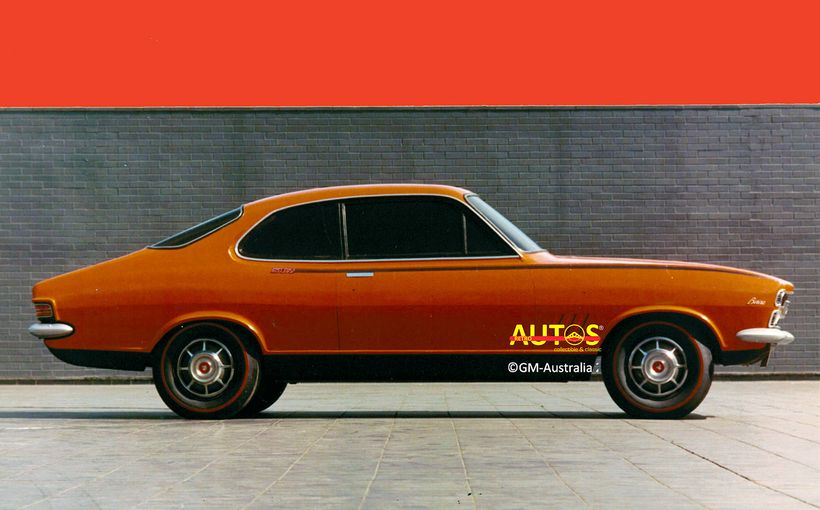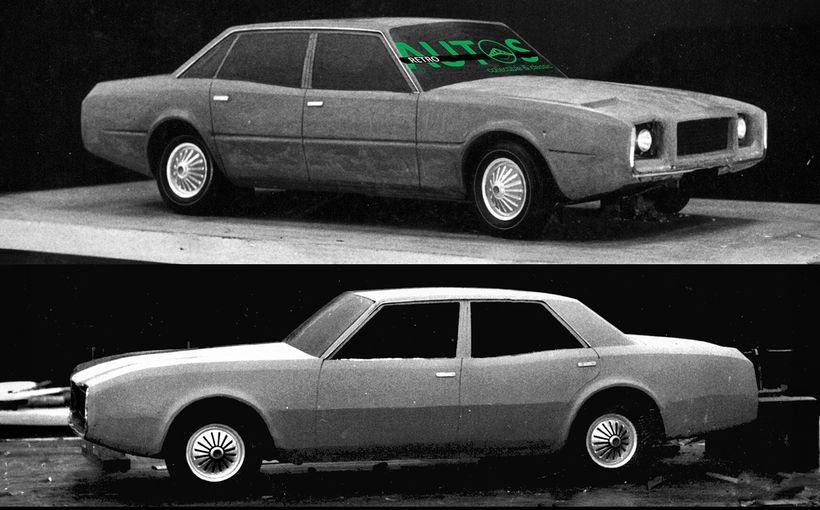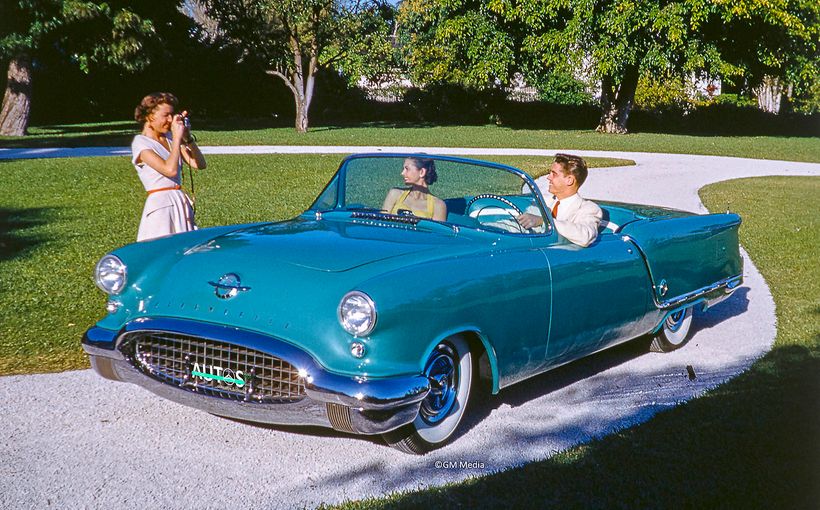Valiants you NEVER saw. Secret styling proposals revealed!

For many years it has been believed that most of the sketches and photos of Chrysler Australia’s design studio were destroyed when Mitsubishi acquired a controlling interest in the company.
Not so.
A number of the design team were able to save selected items from the waste bin and have quietly preserved them ever since. One conservator is Paul Blatch, who was a designer at the company from the mid-1980s until the factory closure in 2008.
Paul is determined to preserve and showcase as much of Chrysler Australia’s heritage as possible. He curates a fabulous collection of styling proposals that reveal fascinating design ideas for the Valiant, Chrysler by Chrysler and Charger. As you would expect, the photos and sketches vary in quality. When they were created none were ever expected to be more than visual reminders for a small group of designers working in secrecy. But here they are, thanks to Paul.

While most of the ideas never made it beyond the design studio, as exampled by the rear end trim for the VF VIP sedan pictured above, they provide a rare insight into what Chrysler’s designers were thinking. One set of photos reveals an all new VJ/VK body that eliminated the curved and bulky shape of VH Valiant.
In this edition of Retroautos the focus is on the VF-CM Valiant and CJ-CK Chrysler. Future editions will showcase the styling ideas for the VJ-VK Charger.
1969 VF


Chrysler’s American design team experimented with placing the headlights closer together and adding a slight peak to the grille. While the location of the lights looks odd now, it is where the rectangular lights were located on the VG.
1970 VG Regal and VIP


With all the money being spent on the new hemi six-cylinder engines, the VG sedan and VIP long wheelbase limo was always going to be a minimal styling update of the VF. There are only slight variations between the proposed rear end for the VG Regal sedan and the production version, above.
One of the proposed VIP rear end ideas, below, shows how the designers enhanced the visual width of the car with a narrow band of black paint and chromed trim applied across the boot lid.


What the VJ/VK might have looked like

One of the 1971 VH Valiant’s biggest drawbacks was its styling. It was designed to be and look big. Chrysler called this the “fuselage” design theme. It was a favourite of the company’s global design boss, Elwood Engel.
Trouble was, the car buying public did not share a liking for the VH’s fuselage look. The large and dominant crease along the side of the car, topped by a rising belt line, was especially criticised because it gave the Valiant a bulky, wide hipped and tippy toed appearance. Sales were lower than the VG by 20% and Chrysler’s market share and revenue started to slide.

Determined to fix this problem the Australian styling team created an impressive new side body shape for the VJ/VK, as seen above and below. On the right side of the clay model, they straightened and lowered the waist line, created an imposing squared-off grille (four headlights for the Regal) reshaped the roof line and doors and squared up the rear end, eliminating its droopy appearance. As a comparison, the left side retained the existing VH doors and roof line.




The revised styling was replicated in the USA and the full-sized model painted bright orange. But the poor sales of the VH combined with major financial problems across all of Chrysler’s operations around the world starved the design studios of funds to make major sheet metal changes. This proposal was shelved. But some of the design themes would be reused.

1973 VJ: Few changes

With major changes not possible for the body, the Australian and US design teams co-operatively proposed a big and bold front end and minimal changes at the rear. However, the lack of funds for anything meaningful meant the VJ was released with almost no significant styling alterations. Styling changes from VH to VJ included rectangular to round headlights. The grille was changed to include heavier horizontal bars. The taillights went from large vertical corner lights to the smaller horizontal type. Front indicators changed to orange from white.



1975 VK: Even fewer changes



The VK was another opportunity for the design teams in Australia and the USA to advocate for major changes. Their sketch pads reveal VK proposals with bright colours, flashy side trim and dominant grilles.


To match the big grille, new rear end styling for the VK was proposed. These ideas made it as far as full-sized mock ups. But as sales of the VJ dropped below that of the VH and Chrysler’s global financial problems escalated, money for meaningful styling changes was simply not available. In fact, the VK ended up almost as identical to the VJ. The most identifiable exterior change was that the grille bars went from horizontal to vertical. The big grille and revised rear end proposals would have to wait.


1973 CJ and 1975 CK Chrysler by Chrysler

The 1971 CH Chrysler by Chrysler was the company’s answer to the Ford Fairlane. Despite the efforts of stylists in Australia and the USA to refresh the luxury limo with an upright grille and hidden headlights, the inevitable financial constraints prevented any sheet metal changes. It takes a Chrysler aficionado to identify the differences between CH and successor CJ and CK models.




For the 1975 CK, a fully operational prototype was built, (see images below) featuring a large chrome rectangular grille and an “island” vinyl roof—it means the edges of the vinyl are left short to expose the paint. It was rejected and when the CL range appeared in 1976, the long wheelbase model was gone.


1976 CL and 1978 CM: Boldness finally arrives.
The rejected VJ/VK front and rear end styling themes appeared on the CL and were carried over onto the last Valiant, the CM, as the comparison photos (below) show. The CL Regal SE used the CK prototype’s imposing grille. For me, the big grille and revised rear end shape suited the Valiant’s fuselage body theme. It makes me wonder what might have been the outcome if the 1971 VH had featured smooth body sides, the bold grille and the CL’s rear end design.






Never released CN

After Mitsubishi took over Chrysler’s Australian operations, the design team was tasked with creating a proposal to carry the Valiant into the 1980s. It was coded CN. These rarely seen images show a two-sided model. This mock up includes headlights, taillights and bumper variations of those used on the GH Sigma, to minimise costs.


The right side features a forward slanted grille, an additional window cut in into the C pillar and a straightened belt line. But nothing other than a complete redesign could hide the VH’s rounded body, and that was never going to happen.

National Motoring Museum’s Chrysler and Mitsubishi Collection
The National Motoring Museum in Adelaide has an extensive collection of Chrysler and Mitsubishi Australia history, including scale clay models, blueprints, sketches and photos. Although it is not on display, I saw some of it in 2021 when filming the Design to Driveway series. Next time you are visiting the Museum, ask if they will show it to you.


Special thanks to Paul Blatch. Special thanks also to Dennis Nicolle, the retired design manager at Chrysler Australia and Mitsubishi Australia, and one of the featured designers on Shannons Design to Driveway TV series.
Retroautos is written and published with passion and with pride by David Burrell. Retroautos stories and images are copyrighted. Reproducing them in any format is prohibited. Retroautos is a registered trademark. Reproducing it in any format is prohibited.



